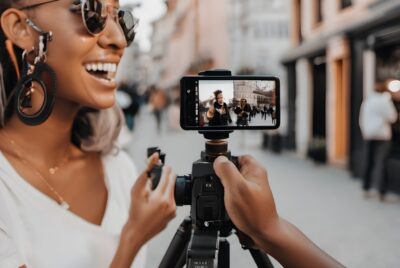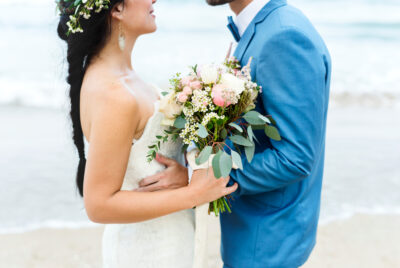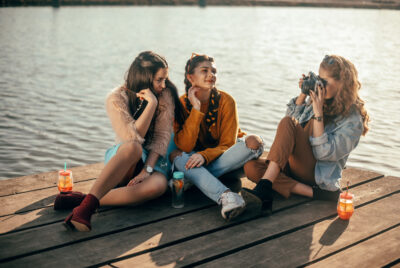Landscape Photography: A Complete Guide for Enthusiasts
Introduction
Have you ever stood in front of a breathtaking landscape and wished you could capture its beauty just as you see it? That’s where landscape photography comes in. As a passionate photographer, I’ve spent years perfecting my techniques, and in this guide, I’ll share everything you need to know to take stunning landscape photos.
What is Landscape Photography?
Landscape photography is all about capturing the beauty of nature, from towering mountains to vast oceans and serene forests. It’s more than just pointing a camera at a pretty view—it’s about telling a story through composition, lighting, and technical skill.
Why Landscape Photography is Captivating
Landscape photography is appealing because it allows us to freeze moments of natural beauty. It connects us with nature, challenges our creativity, and provides a sense of adventure. Plus, it’s a fantastic way to relax and escape the fast pace of everyday life.
>>> Today’s deals for cameras on Amazon CLICK HERE <<<
Essential Gear for Landscape Photography
Cameras
A DSLR or mirrorless camera with manual settings is ideal for landscape photography. Full-frame cameras offer excellent dynamic range, but APS-C and Micro Four Thirds cameras can also deliver fantastic results.
Lenses
A wide-angle lens (16-35mm) is perfect for capturing expansive scenes. However, a telephoto lens (70-200mm) can also be useful for isolating interesting elements in the landscape.
Tripods
A sturdy tripod is a must for sharp images, especially when using long exposures or shooting in low light conditions.
Filters
Filters like polarizers help reduce reflections and enhance colors, while ND filters allow for long exposures, creating smooth water and cloud effects.
Accessories
A remote shutter release, extra batteries, and a weatherproof camera bag are essential for outdoor shoots.
Best Camera Settings for Landscape Photography
- Aperture: Use a small aperture (f/8 to f/16) for a deep depth of field.
- ISO: Keep it low (ISO 100-200) to reduce noise.
- Shutter Speed: Adjust based on lighting and movement; use slower speeds for long exposure shots.
Composition Techniques for Stunning Landscape Photos
Rule of Thirds
Placing the horizon or key elements along the rule of thirds grid creates a balanced composition.
Leading Lines
Use natural lines like rivers, roads, or fences to guide the viewer’s eye into the image.
Foreground Interest
Adding an interesting element in the foreground, like a rock or tree, creates depth in the image.
Frame Within a Frame
Use natural frames, such as archways or overhanging branches, to draw attention to the subject.
Understanding Light in Landscape Photography
Golden Hour vs. Blue Hour
Golden hour (sunrise/sunset) provides warm, soft light, while blue hour (before sunrise/after sunset) gives a cooler, moody effect.
Dealing with Harsh Light
On bright days, use an ND filter, shoot in the shade, or wait for cloud cover to soften the light.
Using Shadows and Highlights
Shadows add depth and contrast, while highlights emphasize textures and details.
Weather and Its Impact on Landscape Photography
Different weather conditions create unique moods in your photos. Misty mornings add mystery, stormy skies enhance drama, and clear days highlight vibrant landscapes.
Post-Processing Tips for Landscape Photography
Editing is crucial in bringing out the best in your photos. Use software like Adobe Lightroom or Photoshop to enhance colors, adjust exposure, and correct distortions.
>>> Today’s deals for cameras on Amazon CLICK HERE <<<
Common Mistakes to Avoid in Landscape Photography
- Shooting without a tripod
- Ignoring composition techniques
- Over-editing images
- Failing to check focus and sharpness
Best Locations for Landscape Photography
Some top locations include:
- The Grand Canyon, USA
- Patagonia, Argentina
- The Scottish Highlands
- Iceland’s waterfalls and glaciers
- The Dolomites, Italy
Tips for Capturing Unique Landscape Photos
- Experiment with different perspectives
- Incorporate human elements for scale
- Try long exposure photography
- Capture seasonal changes
- Be patient and wait for the perfect light
Conclusion
Landscape photography is a journey of exploration and creativity. With the right gear, techniques, and a little patience, you can create breathtaking images that tell compelling stories. So grab your camera, head outdoors, and start capturing the beauty of the world!
>>> Today’s deals for cameras on Amazon CLICK HERE <<<
FAQs
1. What is the best time for landscape photography?
Golden hour (shortly after sunrise or before sunset) provides the best lighting conditions for landscape photography.
2. How do I keep my landscape photos sharp?
Use a tripod, set a small aperture, and focus one-third into the scene for maximum sharpness.
3. Do I need expensive gear for landscape photography?
Not necessarily. While high-end gear helps, great composition and lighting matter more than the camera you use.
4. How can I improve my landscape photography composition?
Follow the rule of thirds, use leading lines, and include foreground interest to add depth to your images.
5. What editing software is best for landscape photography?
Adobe Lightroom and Photoshop are the most popular choices for enhancing landscape images.
Further reading
Check out our other relevant articles:
Here are two informative resources that provide educational guidance on landscape photography:
-
National Geographic Education: Landscape Photography Tips
This article offers practical advice for capturing high-quality landscape photographs, emphasizing the importance of preparation and skill. -
Adorama: 22 Landscape Photography Tips for Beginners
This comprehensive guide presents 22 essential tips for beginners in landscape photography, covering topics from selecting the right equipment to mastering composition techniques.
These resources complement the information provided in the article and offer additional insights into mastering landscape photography.





Comments are closed.